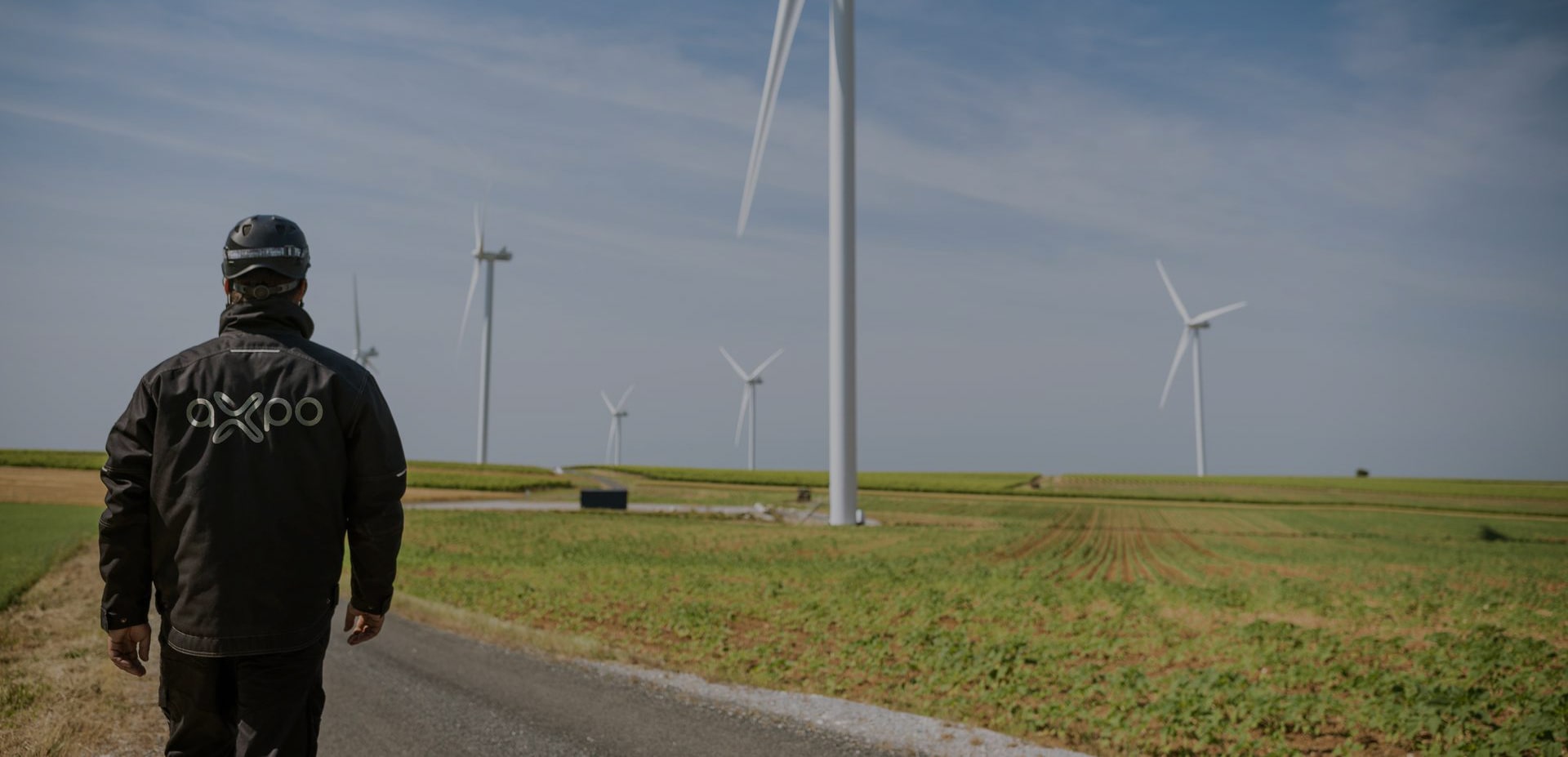

Axpo UK Shaping a climate-friendly future
About Us
Established in 2008, Axpo UK is a leading energy supply and trading company, optimising client energy portfolios across the UK and the Republic of Ireland. Our experienced team sources electricity and gas directly from producers, manages trading through major wholesale counterparties and energy exchanges, and supplies energy to large industrial and commercial consumers. As part of the Swiss-based Axpo Group, Switzerland's largest producer of renewable energy, we contribute to delivering over 40% of the electricity consumed in Switzerland. The Axpo Group employs more than 7,000 people and operates in over 30 countries across Europe, North America, and Asia.
Powering the future with global expertise and innovation
Employees
Years of experience
Countries
Energy Solutions
Axpo is driven by a single purpose – to enable a sustainable future by providing innovative energy solutions. Axpo is Switzerland's largest power producer and an international leader in energy trading and the marketing of solar and wind power. Axpo combines the experience and expertise of around 7,000 employees who are driven by a passion for innovation, collaboration and impactful change. Using cutting-edge technologies, Axpo innovates to meet the evolving needs of its customers in over 30 countries across Europe, North America and Asia.
Contact
Get in touch with us
Jobs & Careers
-
Diverse Career Opportunities
Axpo offers over 150 different job profiles, providing a wide range of career paths for professionals, students, graduates, and apprentices.
-
Commitment to Sustainability
Employees at Axpo actively contribute to building a sustainable future through innovative and climate-friendly energy solutions.
-
Focus on Innovation
Axpo prioritizes rapid testing and validation of innovative projects, fostering a culture of progress and collaboration in the global energy sector.
Laws & Regulations
Stay informed about the legal frameworks and policies that shape our operations. Visit our Laws and Regulations page to learn more about the standards we adhere to and our commitment to compliance and transparency.




